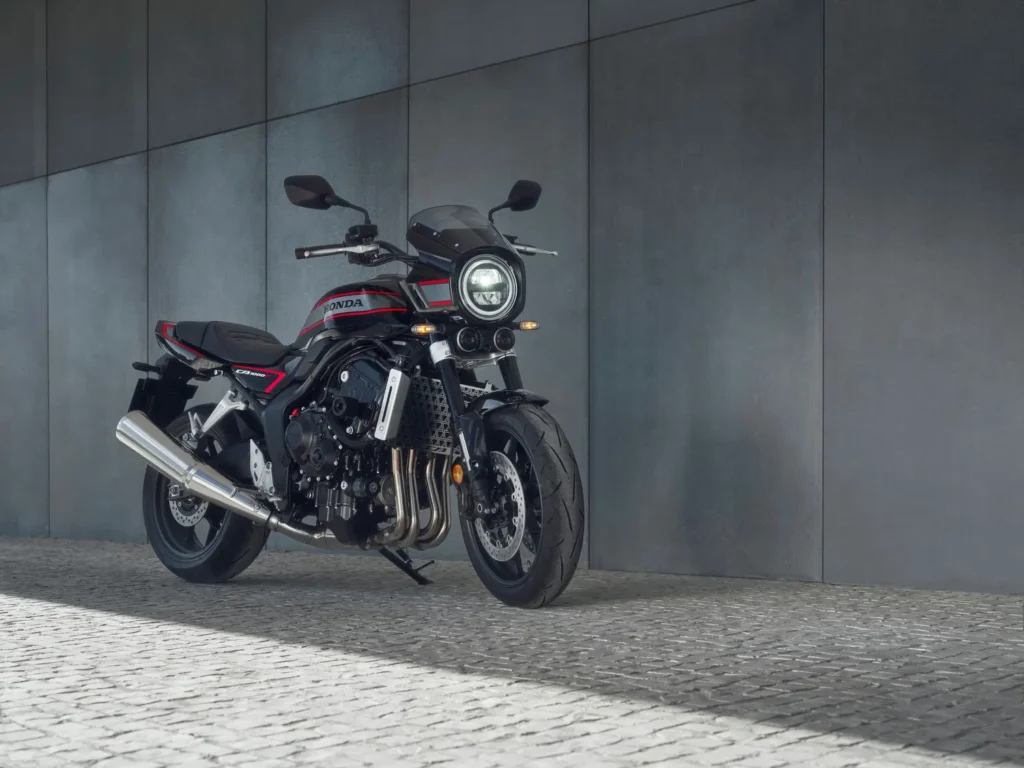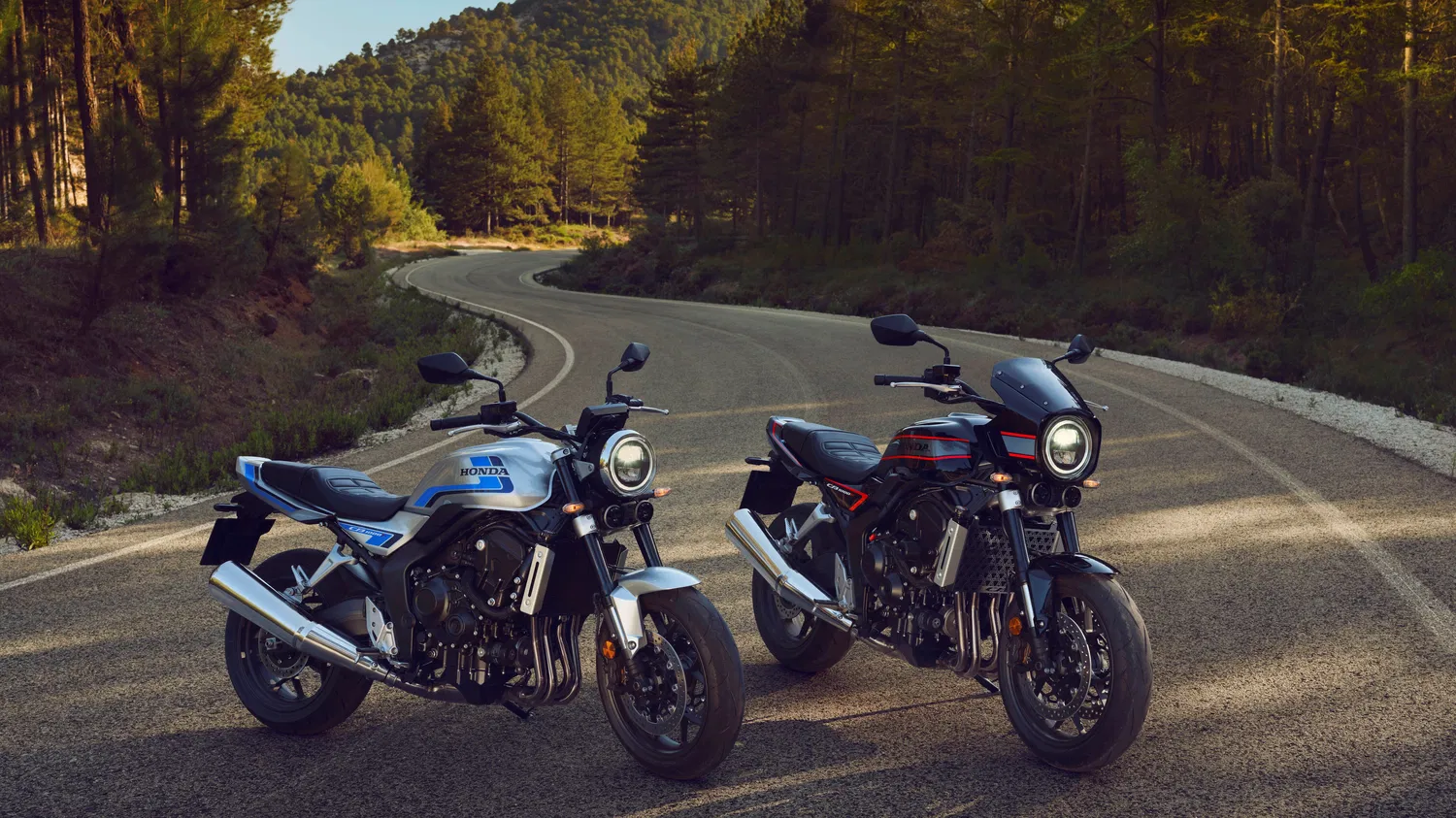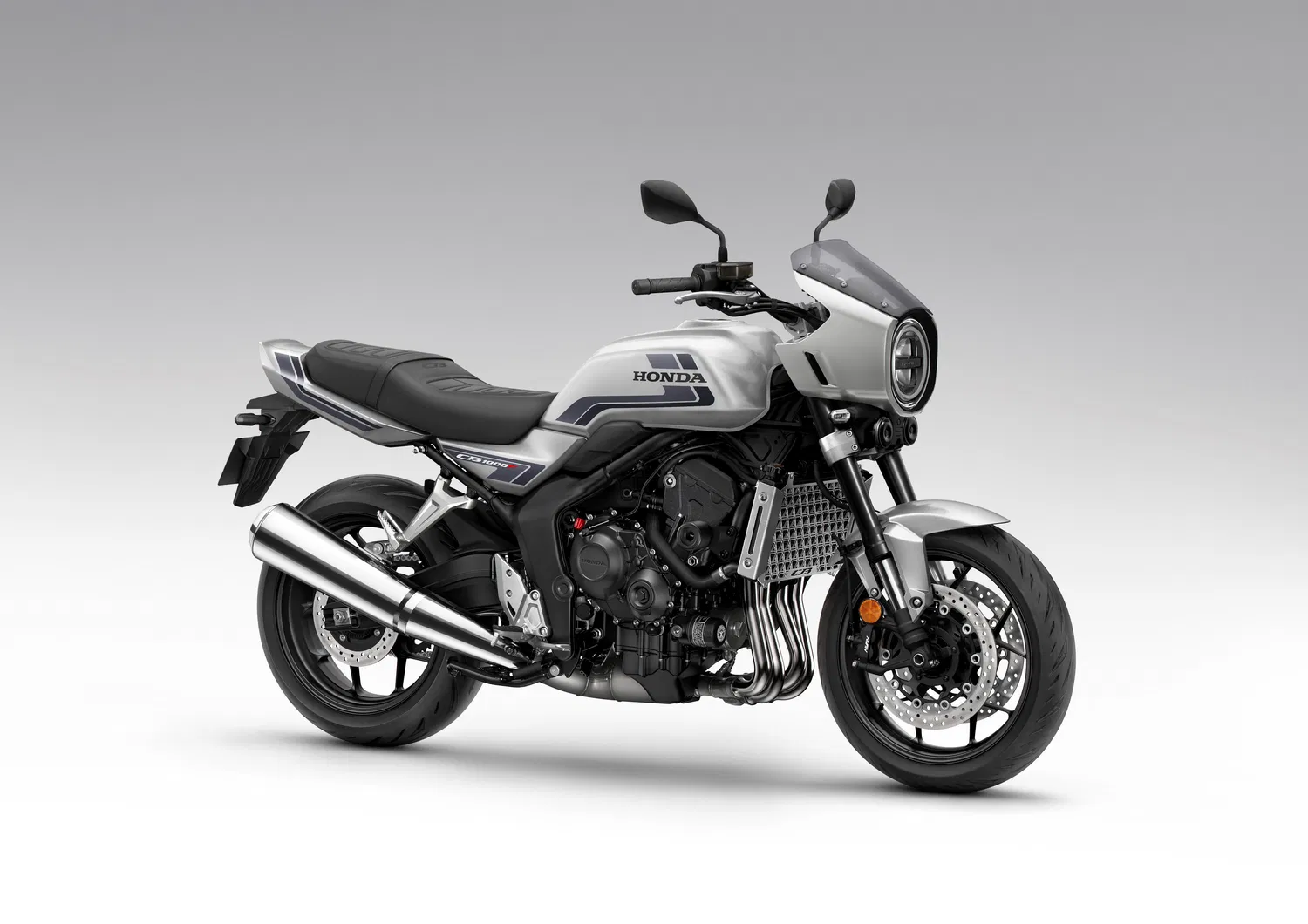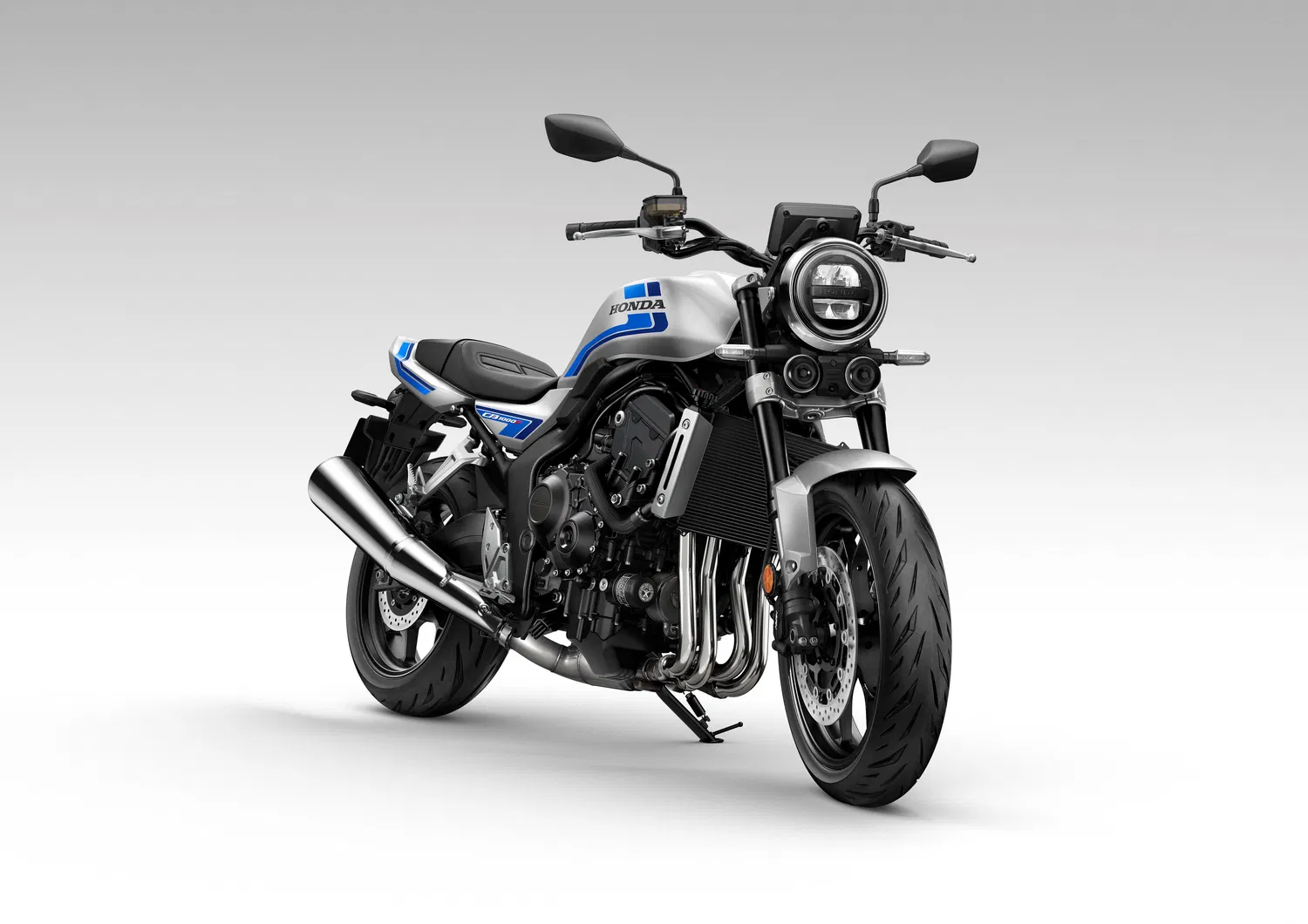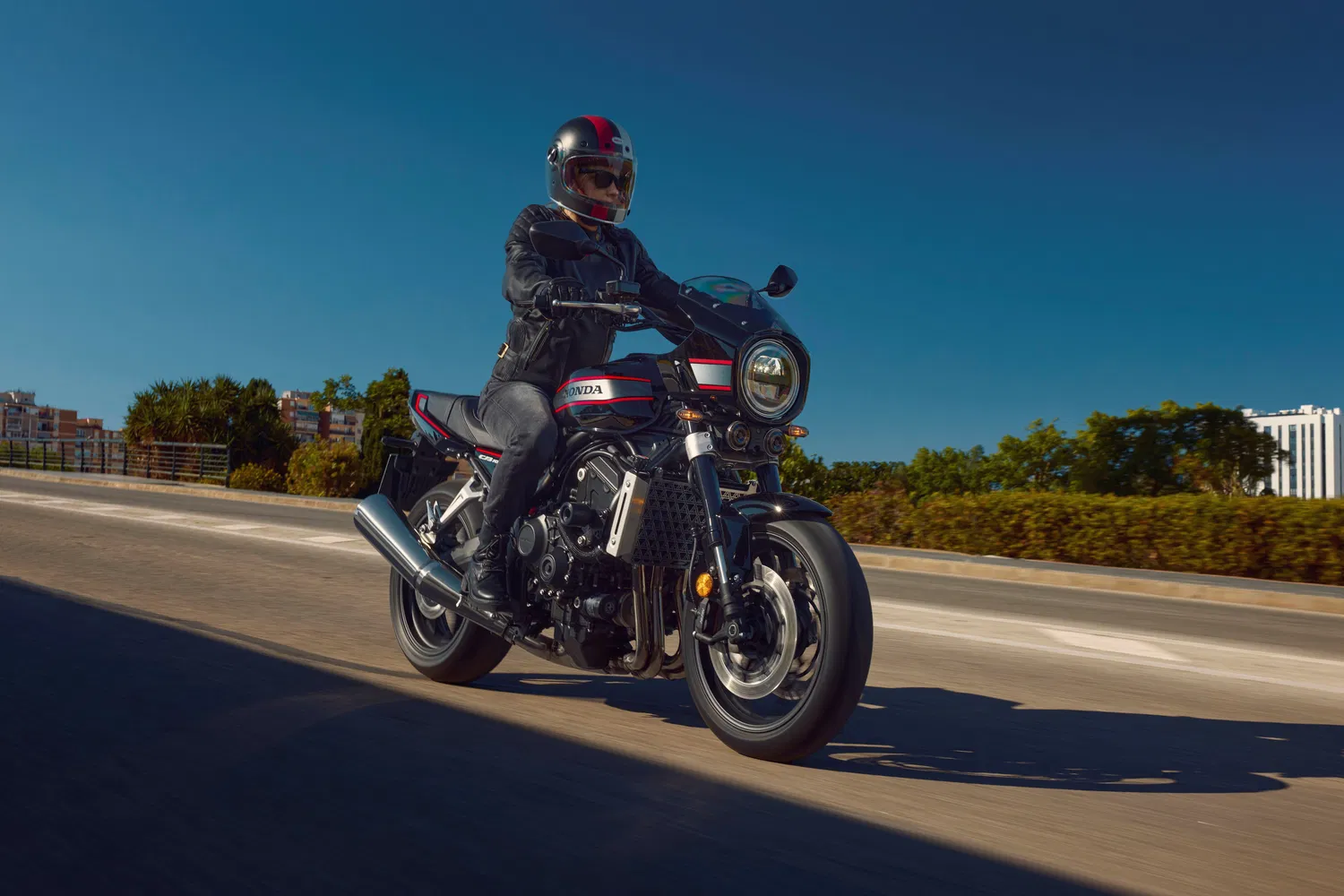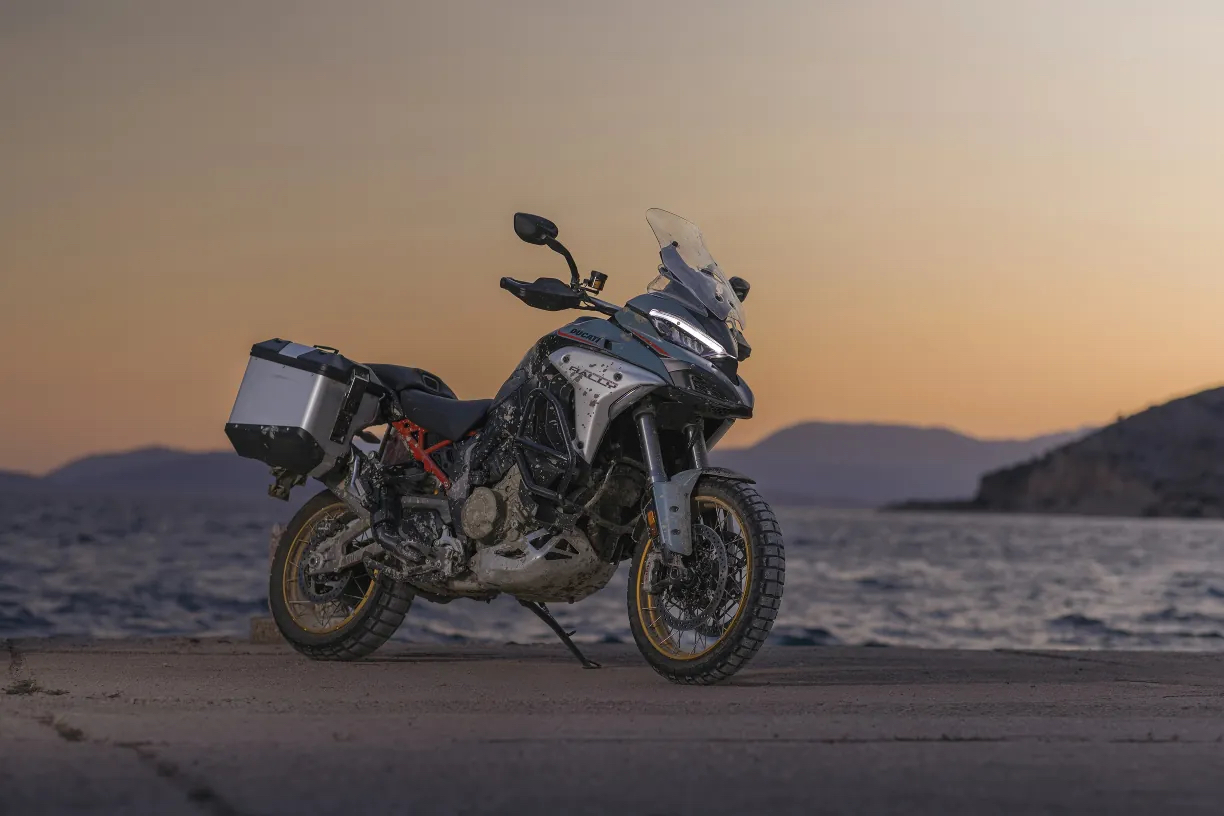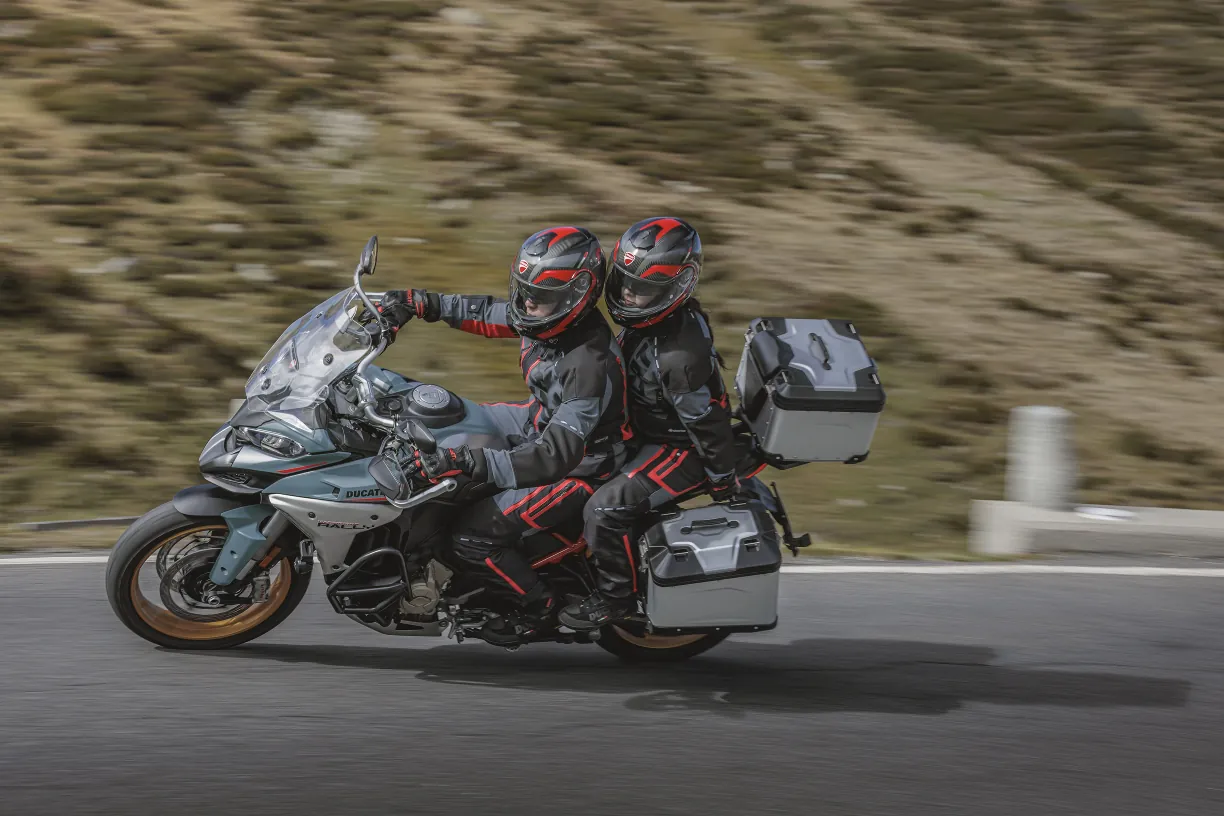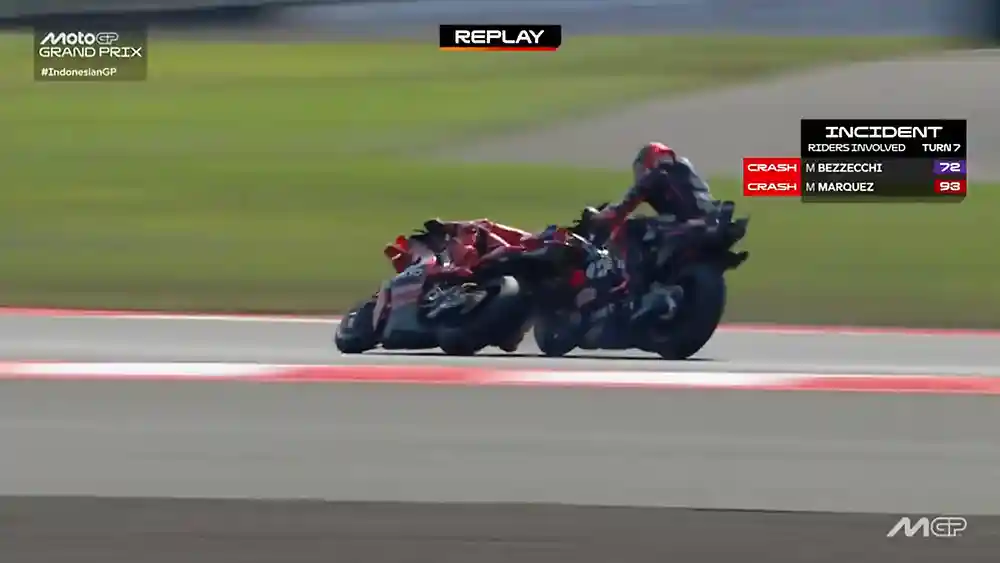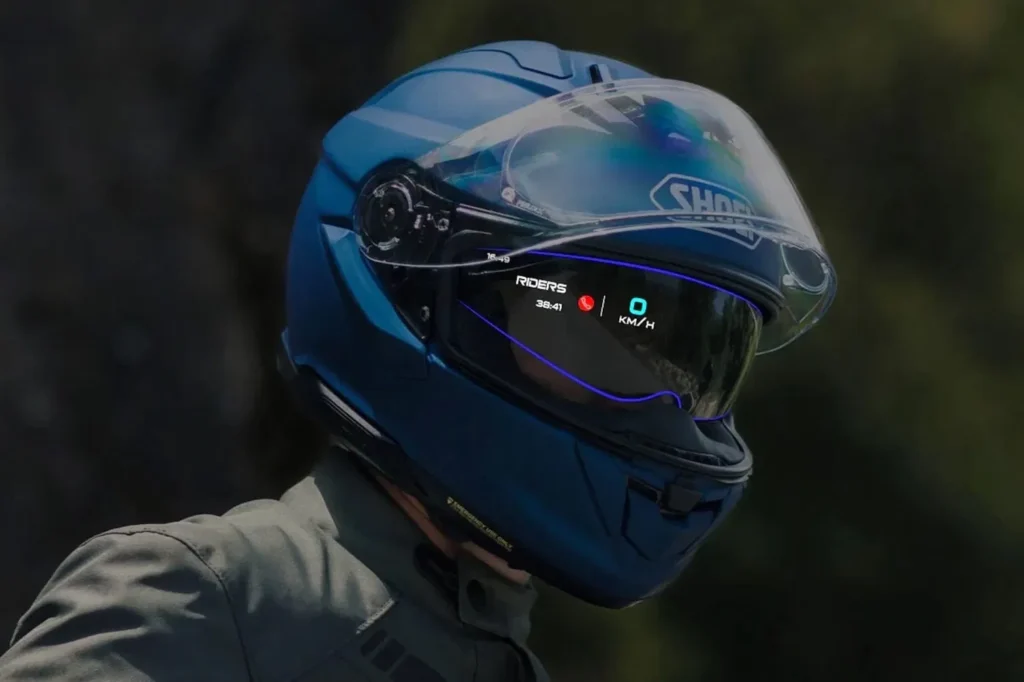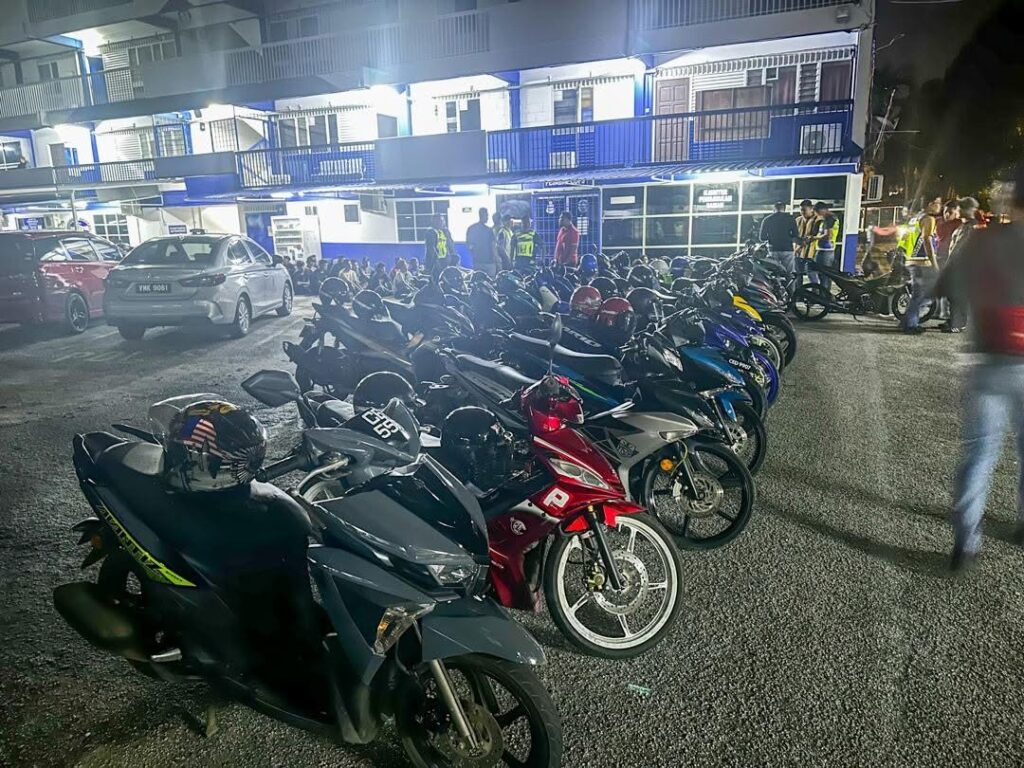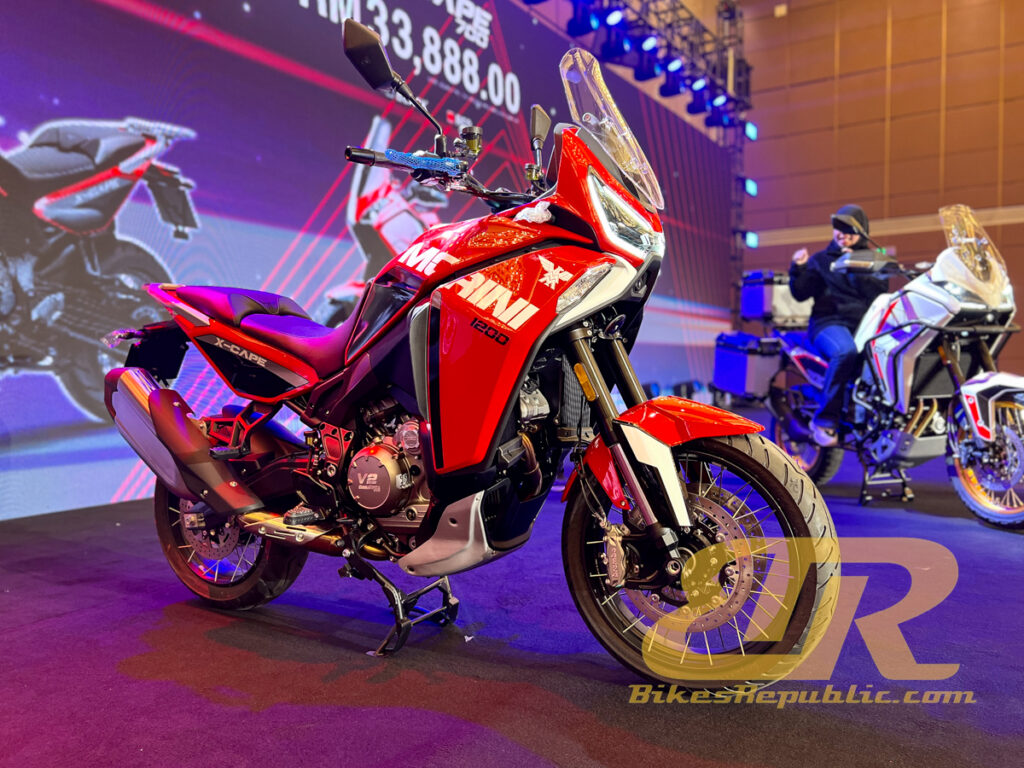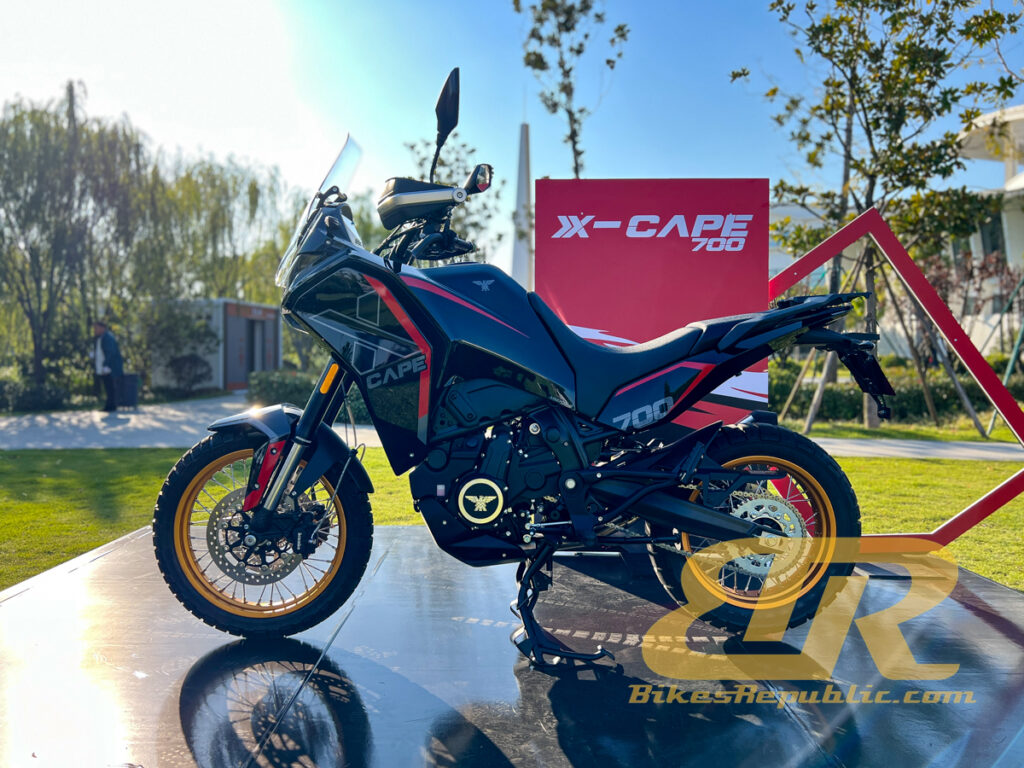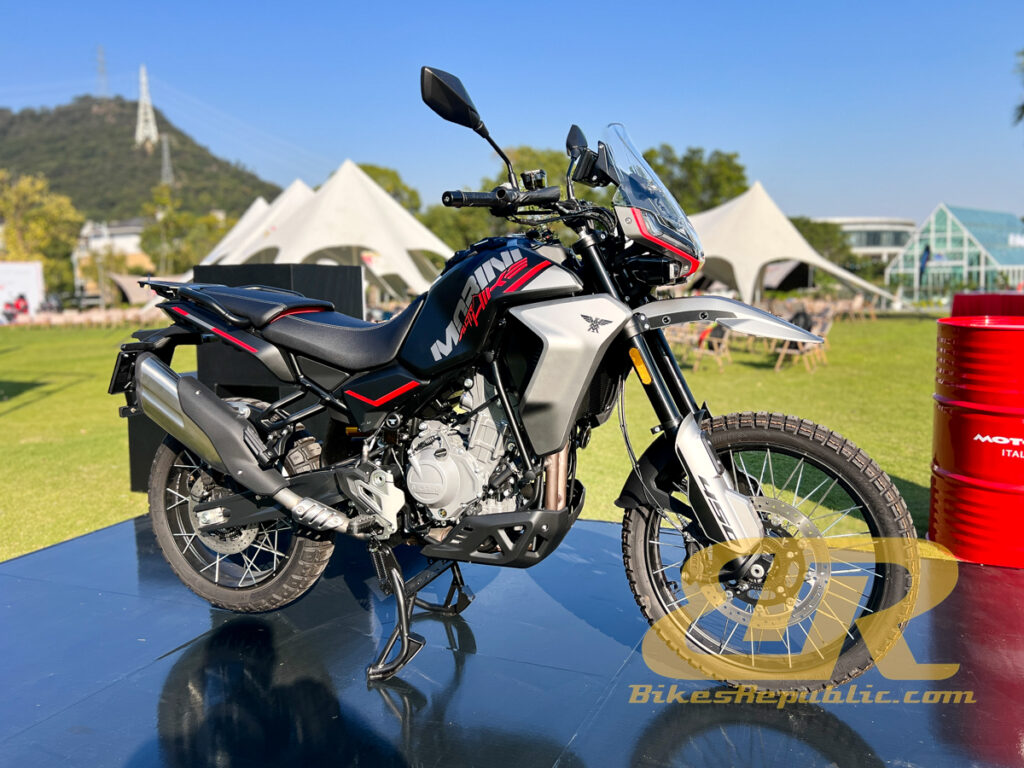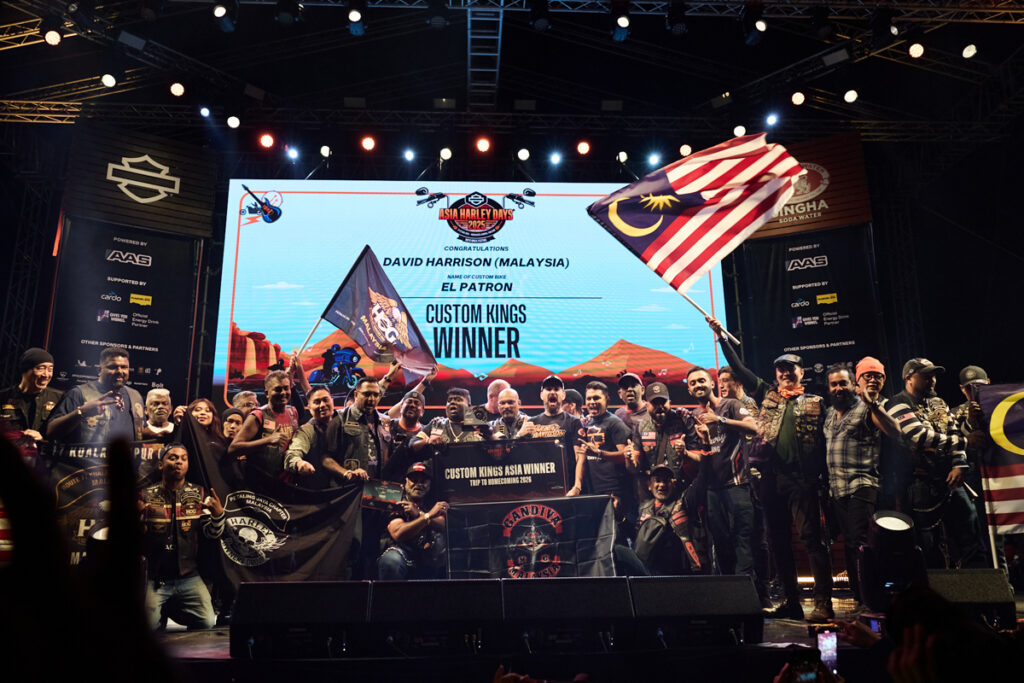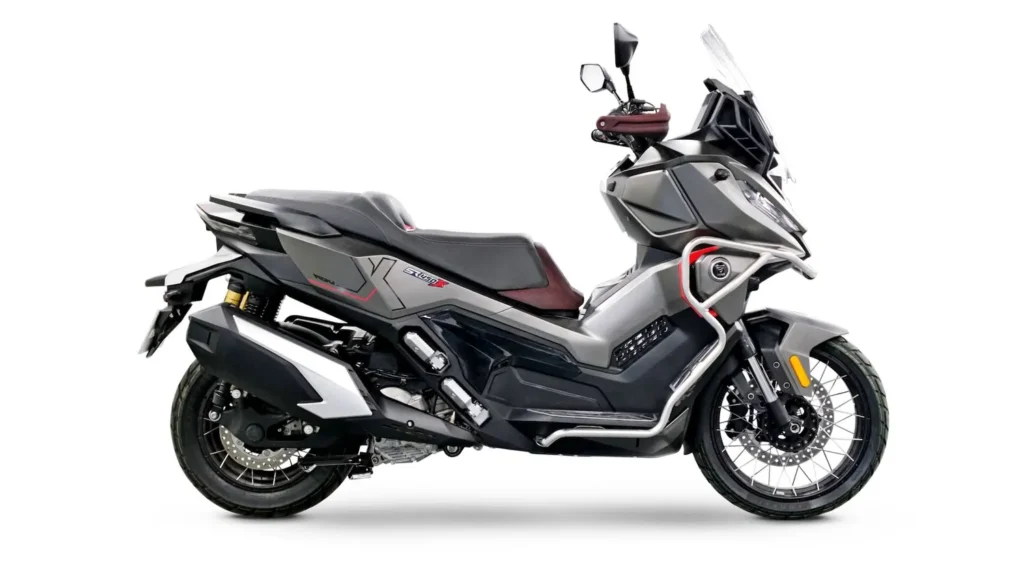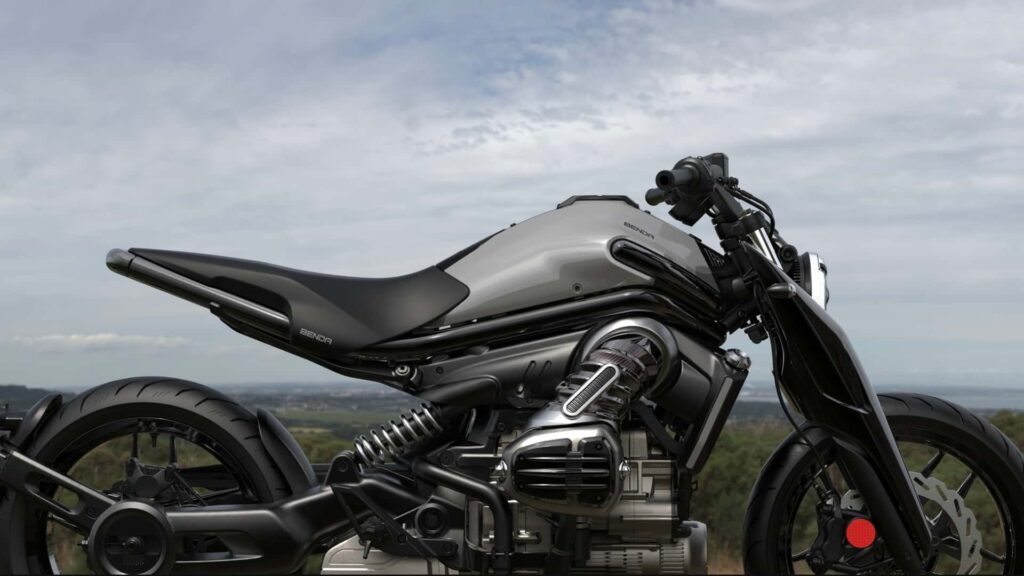Traffic diversions will begin in stages from 23 October to ensure the smooth running of the 47th ASEAN Summit and Related Summits, which will take place at the Kuala Lumpur Convention Centre (KLCC) from October 26 to 28, 2025.
The Director of the Royal Malaysia Police’s (PDRM) Traffic Investigation and Enforcement Department (JSPT), Datuk Seri Mohd Yusri Hassan Basri, said that the initial traffic management planning so far involves motorcycle convoy rehearsal activities.
He said this will be carried out from the Kuala Lumpur International Airport (KLIA) to hotels around Kuala Lumpur and to KLCC on October 23 and 24.
“Temporary traffic diversions will be implemented along the highways and main roads connecting KLIA to the capital city and the areas around KLCC.
“Meanwhile, the full deployment of JSPT personnel will begin from October 25 to 28 (the duration of the conferences) with the implementation of staged road diversions. This will involve the area within approximately one kilometer (km) of KLCC,” he said in a statement today.
He said that road diversions and traffic dispersal are necessary to ensure the smooth movement of delegates and the safety of all parties throughout the event.
He said that further information regarding the affected routes, specific diversion plans, and the full diversion schedule will be announced in the near future.
“The public is requested to give their full cooperation to the authorities and to support the government’s efforts in making this summit a success, thereby enhancing the nation’s prestige on the international stage,” he said.



